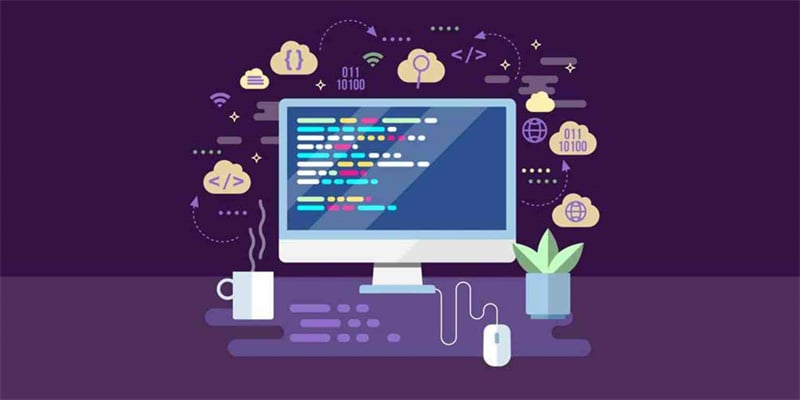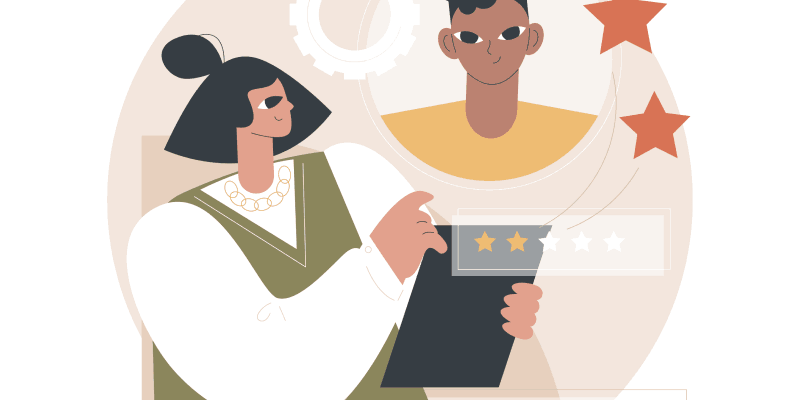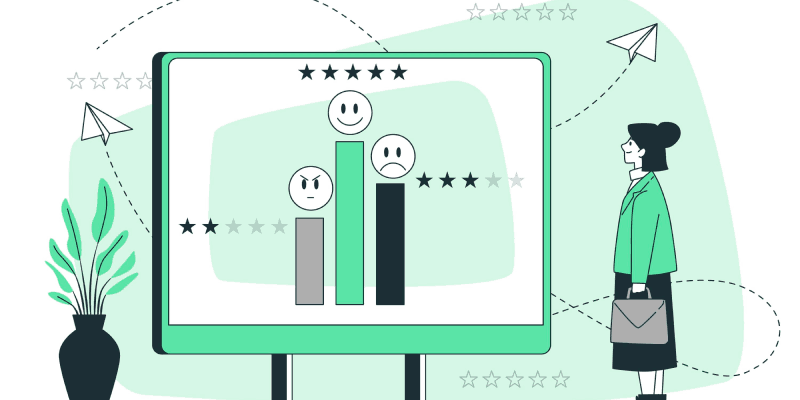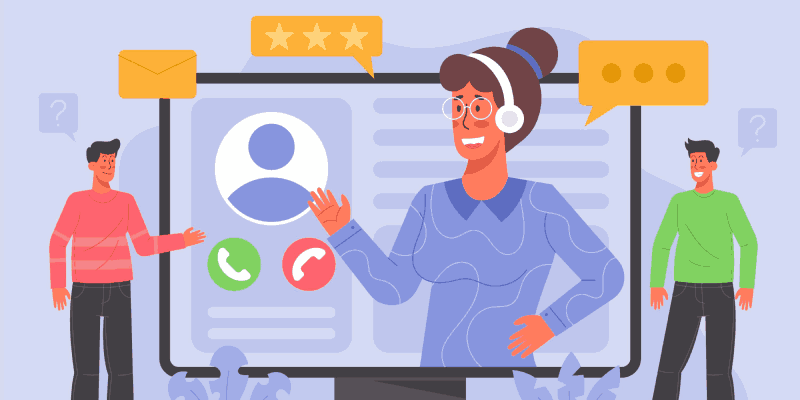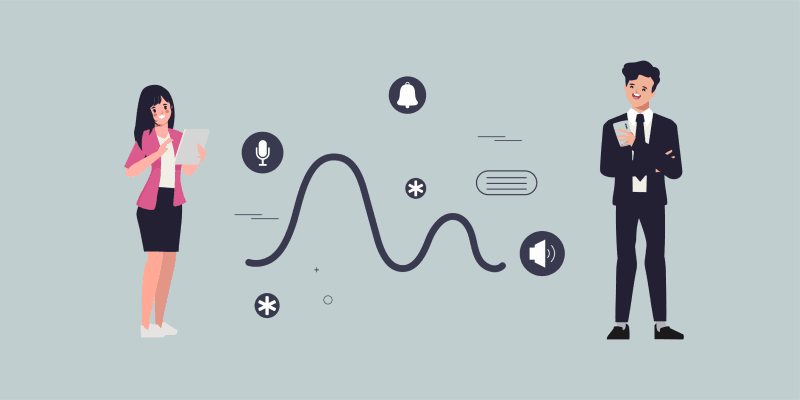Reasons for Customer Churn and Solutions for Some Scenarios
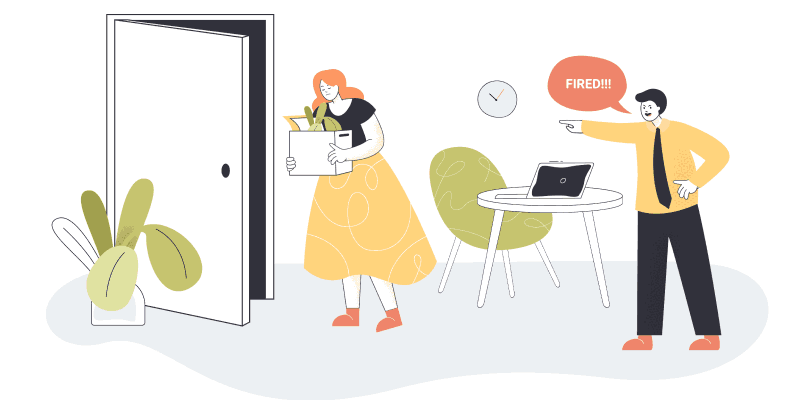
In SaaS, nurturing strong customer relationships is one of the customer retention strategies for business survival and growth. Still, it seems that no matter how hard you work, there will be some customers who simply decide to leave.
Although customer churn is inevitable, certain reasons for it can help you predict it and eventually, reduce it.
In this article, we will cover the 10 most common reasons for customer churn, thoroughly explain each one, and suggest some actionable solutions.
Top Reasons for Customer Churn
It is easy to give an answer to the question “What is a churned customer?”, yet it is difficult to determine why the customer churned. SaaS customer churn is the inverse of customer retention, which means that it shows the percentage of customers who decide to leave your company and stop using your service or platform.
To understand what churn means in sales, let’s see a simple example. Let’s say you have 100 customers at the start of the given period and 98 of them renew their subscriptions. It means the churn rate is 2%, while the customer retention rate is 98%. Therefore, reducing customer churn rate is critical in SaaS, as it directly increases customer retention and decreases customer acquisition costs.
Here, are 10 reasons we at Akita lost the first ten customers to churn.
Now, let’s see the top 10 causes of customer churn:
- Your customers think your product’s too expensive (or too cheap).
- You’re attracting the wrong customers.
- Your customers aren’t achieving their desired outcomes.
- Poor onboarding process.
- No one to handle the customer success processes due to changes in the team.
- Poor customer experience (customer support and platform functionality).
- Your customers think your competitors can do a better job.
- Your product has bugs that customers believe you can’t fix.
- Your customers no longer see the value in your product.
- Lack of engagement.
Your customers think your product’s too expensive (or too cheap).
This problem is one of the most common causes of customer attrition (churn). To expect customers to pay good money for your product, their overall customer experience must be flawless.
On the other hand, if the product is perceived as too cheap, it might lead customers to believe that the product lacks quality. This is why it is important to find the perfect balance between pricing, customer expectations, and perceived value.
You’re attracting the wrong customers.
Attracting the wrong audience has become a serious issue in the SaaS world. The customer might sign up for the product quite easily and without enough knowledge of its functionalities, and then simply leave once the product can’t meet their needs.
In order to avoid this, you must gain a deeper understanding of your prospects. Ask them the right questions at the beginning and act on their feedback. Also, be specific! Make sure your copy targets the right crowd.
Your customers aren’t achieving their desired outcomes.
This is another of the top customer churn reasons that can greatly harm the business’ health. If the customer is left frustrated by not understanding how your product can help them in their business endeavors, it is surely a bad start.
The goal is to help them derive value from your product as soon as possible, and this is precisely where solid customer onboarding and customer success strategies can do miracles.
Poor onboarding process.
A poor customer onboarding process is, without a doubt, one of the prime reasons why customers churn. If new customers don’t receive adequate training or guidance on how to use the product, this can lead to disinterest, a lack of engagement, and a failure to understand the product’s value.
This is why it is crucial to improve onboarding processes by focusing on personalized training, ongoing support, and clear communication with customers. After all, customer onboarding can make or break your business, as the first interaction with a company often determines the whole customer journey.
No one to handle the customer success processes due to changes in the team.
Customer success is one of the key aspects of customer retention. Therefore, it’s paramount to have a dedicated customer success team that focuses on proactive engagement with customers, onboarding, and effective and open communication.
To build and maintain long-term customer relationships, you should invest in both customer success teams and tools. With customer success platforms such as Akita, you can perform customer segmentation easily based on any trait, create effective retention strategies and share data with the entire team.
Poor customer experience (customer support and platform functionality).
Poor customer experience, including issues with customer support, customer service, and platform functionality, can significantly affect SaaS customer churn. If the platform fails to meet customer expectations or comes with inconsistencies in quality or service, this can greatly affect customer trust and encourage churn. Technical issues like bugs or glitches can frustrate the customers as well, while lack of features and poor user interface will surely motivate them to think about seeking alternative solutions.
Customers expect impeccable, personalized customer support that resolves their issues quickly and proactively.
Your customers think your competitors can do a better job.
One of the prime SaaS churn reasons is not being able to identify businesses’ weak and strong points. When you manage to do so, you can not only shine a spotlight on your unique offerings and brand’s traits but also create and implement a set of effective strategies to improve anything that craves improvement.
Be smart about pricing, improve product features, solicit feedback from your customers and act on it, and adjust marketing strategies to adequately communicate your product value.
Also, always highlight unique features. This is how you’ll attract the right crowd and manage to build long-term relationships with your customers.
Your product has bugs that customers believe you can’t fix.
This is one of the most transparent B2B customer churn reasons, as bugs can easily disrupt the customer experience causing frustration among your customers. A high number of bugs is often a sign of poor product quality (or is perceived so by customers), which encourages them to consider switching to competitors.
Persistent bugs have an impact on productivity and make the customer believe you can’t provide an effective solution for the given, or any other, problem. Therefore, prioritize bug fixes and be open with customers about the steps and progress in resolving the issue.
Your customers no longer see the value in your product.
SaaS companies that manage and predict churn by ensuring that every customer perceives their product as an integrated part of their business are securely paddling their way to success.
Tracking customer satisfaction metrics is vital for understanding what customers value about your product and what needs adjustments.
Customer needs and priorities often change over time, and you can be the first to know if you simply ask the right questions. Track the right metrics, like net promoter score (NPS), customer satisfaction score (CSAT), and customer effort score (CES) to get valuable insights into customer satisfaction levels and take measures when necessary.
Sometimes, the problem is quite evident, like poor user experience, lack of updates or innovation, or unreal pricing. So make sure that you check these problems before you look any further.
Lack of engagement.
The last reason customers churn is the lack of engagement. Customers who are not actively engaging with your product usually don’t see its values and benefits. These customers are more susceptible to competitor offers as they are not getting what they need from you.
Here are some tips for increasing engagement —provide regular updates on new features, include personalized communications and offerings based on your customer’s preferences, solicit feedback and incorporate customer suggestions into product development, offer rewards and loyalty programs.
Conclusion
Customer churn is, unfortunately, an inevitable part of any business story. The reasons for churn vary, yet the most common ones include lack of engagement, pricing, poor onboarding and customer experience, competitive factors, and others.
When you manage to identify the core reasons for customer churn, you can take effective steps to improve the weak spots, understand what churn risk is, and effectively reduce churn by implementing adequate strategies. This is precisely where Akita can help you with its advanced customer segmentation options. It is, therefore, wise to have a proactive approach to improving the customer experience, enhancing product value, and encouraging engagement. When you manage to do so, you can expect to increase customer loyalty and retention and ultimately achieve long-term success.
Frequently Asked Questions
What are the factors influencing customer churn?
Customer churn can be influenced by various factors that include poor customer experience, lack of engagement, inadequate pricing, poor onboarding, market saturation, and changing customer needs.
What is the number one reason for churn?
Although the reasons for customer churn vary from industry to industry, the prime reason for customer churn is often a poor customer experience. It includes issues like inefficient customer support, problems with the product’s quality, and general dissatisfaction with the company.
How can SaaS companies increase customer engagement?
SaaS companies can increase customer engagement by implementing personalized communication strategies, additional educational resources and guides, regular updates, and loyalty rewards.
How can SaaS companies differentiate themselves from their competitors?
By underlining their unique features and rewards, staying informed about competitor offerings, and representing the product value clearly and effectively.


